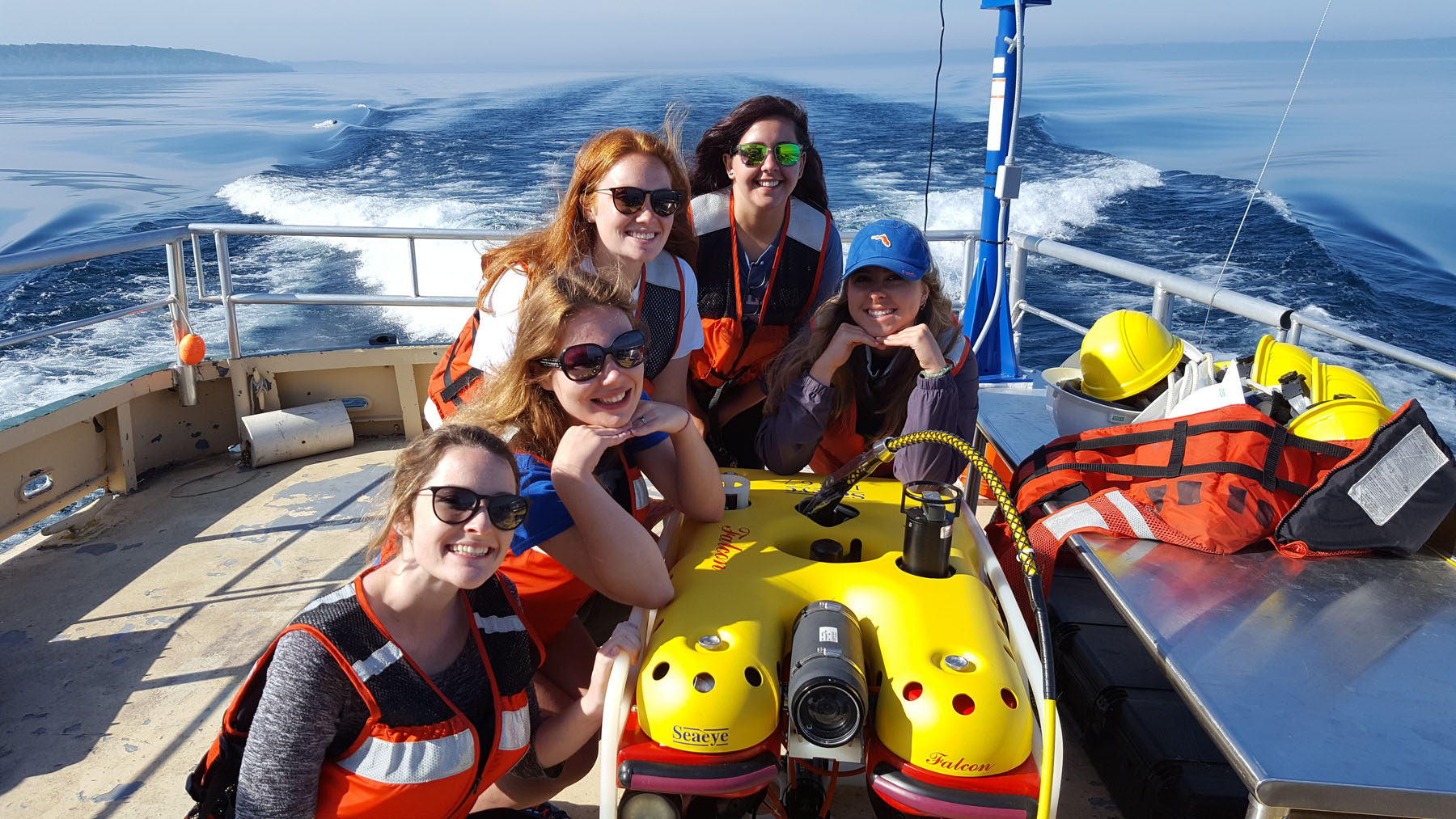
Taking the Falcon offshore allows students to explore the potential of underwater robotic systems in a practical environment.
This chimes with studies by America’s National Science Foundation who report that more women are becoming involved in all areas of water science.
Saab Seaeye, makers of the college’s new Falcon robotic vehicle, agrees. They too find increased interest in women wanting to follow a career in electric underwater robotics.
Ali Roy is a systems engineer at Saab Seaeye where many female engineers and technicians work in departments throughout the company.
“We also have an increasing number of female students coming to us for work experience,” she says. “It’s gratifying to see young female engineers excelling here at Seaeye, and as a designer it’s great that the college is using our robotic system to teach a new generation of female marine professionals.”
Hans VanSumeren, Director of the Great Lakes Water Studies Institute at the college has found that female students have a growing interest in the underwater world with a particular enthusiasm for underwater robotics.
“Our female students have a keen interest in the expanding role of electric underwater robotics and the Falcon has been a vital element of their studies,” he declares.
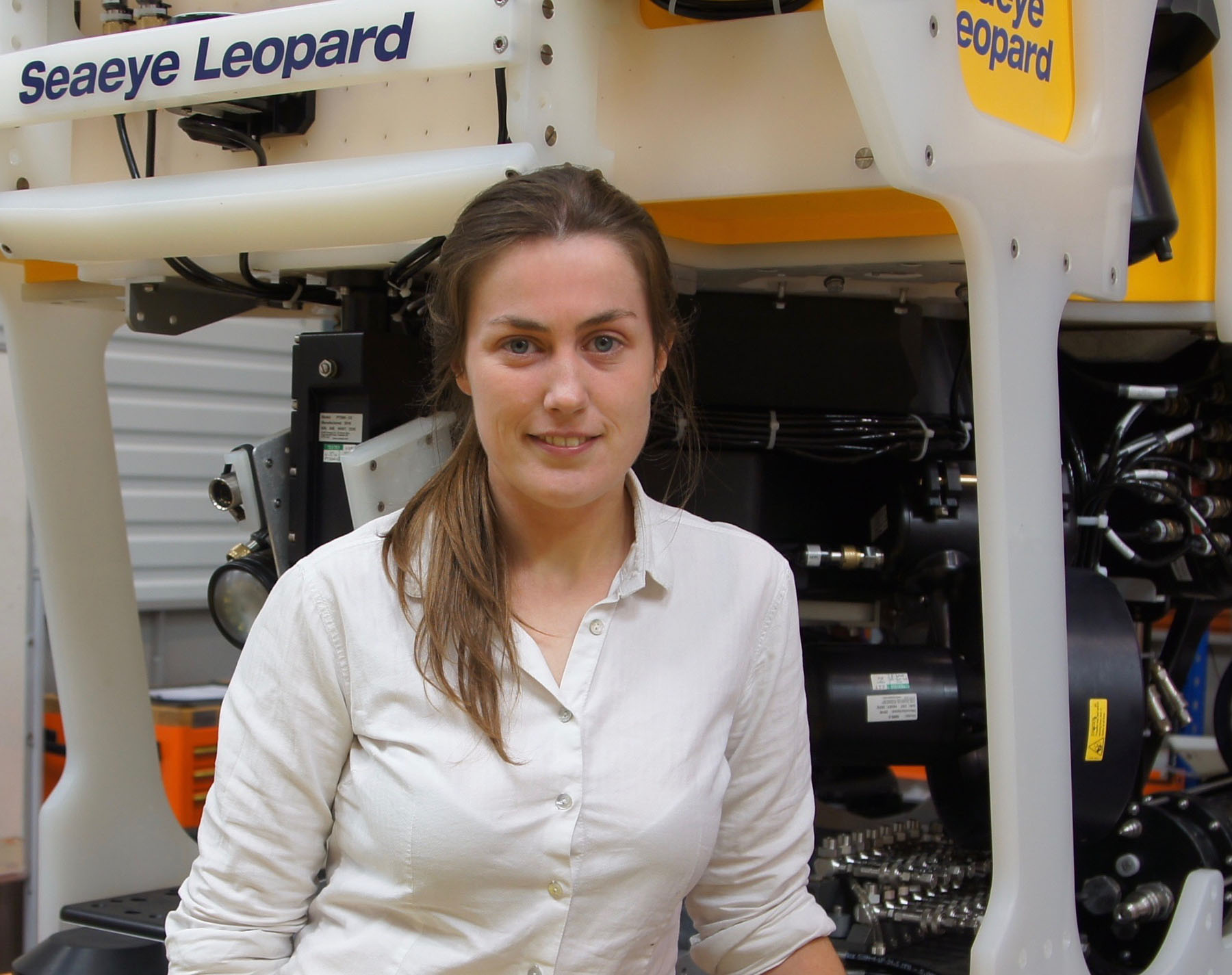
Ali Roy, Systems Engineer at Saab Seaeye, standing alongside another much larger robotic vehicle she helped design: the Leopard – the most powerful of its class in the world.
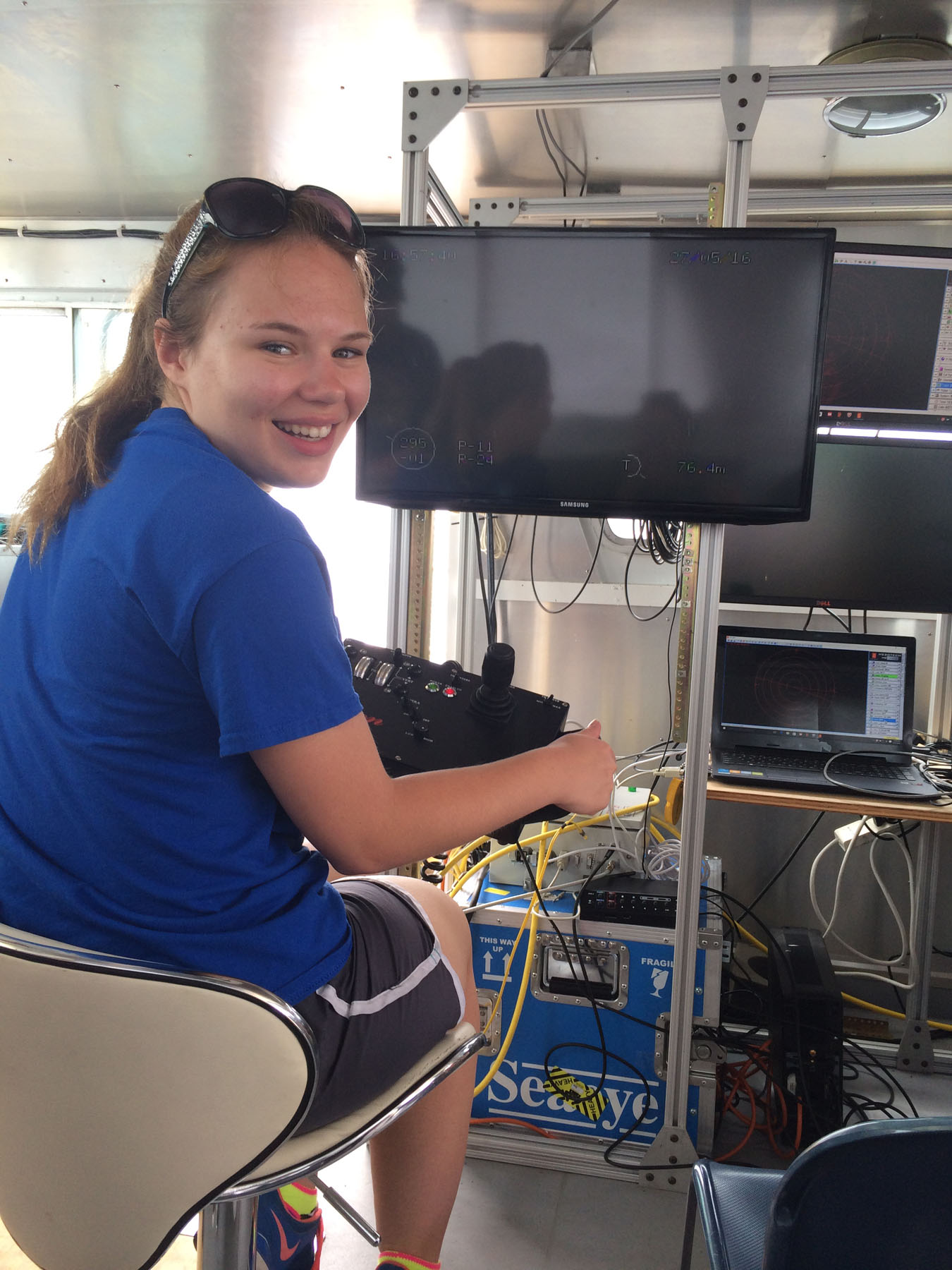
Students get first hand experience piloting the Falcon under International Marine Contractors Association guidelines.
Students involved in marine studies come from universities and colleges across America for the opportunity to interact with the real underwater world – including operating the Saab Seaeye Falcon underwater robotic vehicle.
Their course covers the calibration, deployment, operation, maintenance, and management of marine technology assets, including data collection, processing and mapping.
Part of the course involves examining shipwrecks at depths of around 150 metres whilst operating the Falcon which is fitted with an advanced sonar system to help students study underwater robotics as a multicomponent resource used across a wide range of subsea activities.
Having such an advanced sonar system enables students to experience a range of imaging and profiling data collection options that include bathymetric measurement, seafloor imaging, obstacle avoidance, structural inspection and vessel hull inspection.
Students benefit from first-hand experience by piloting the Falcon under International Marine Contractors Association guidelines.
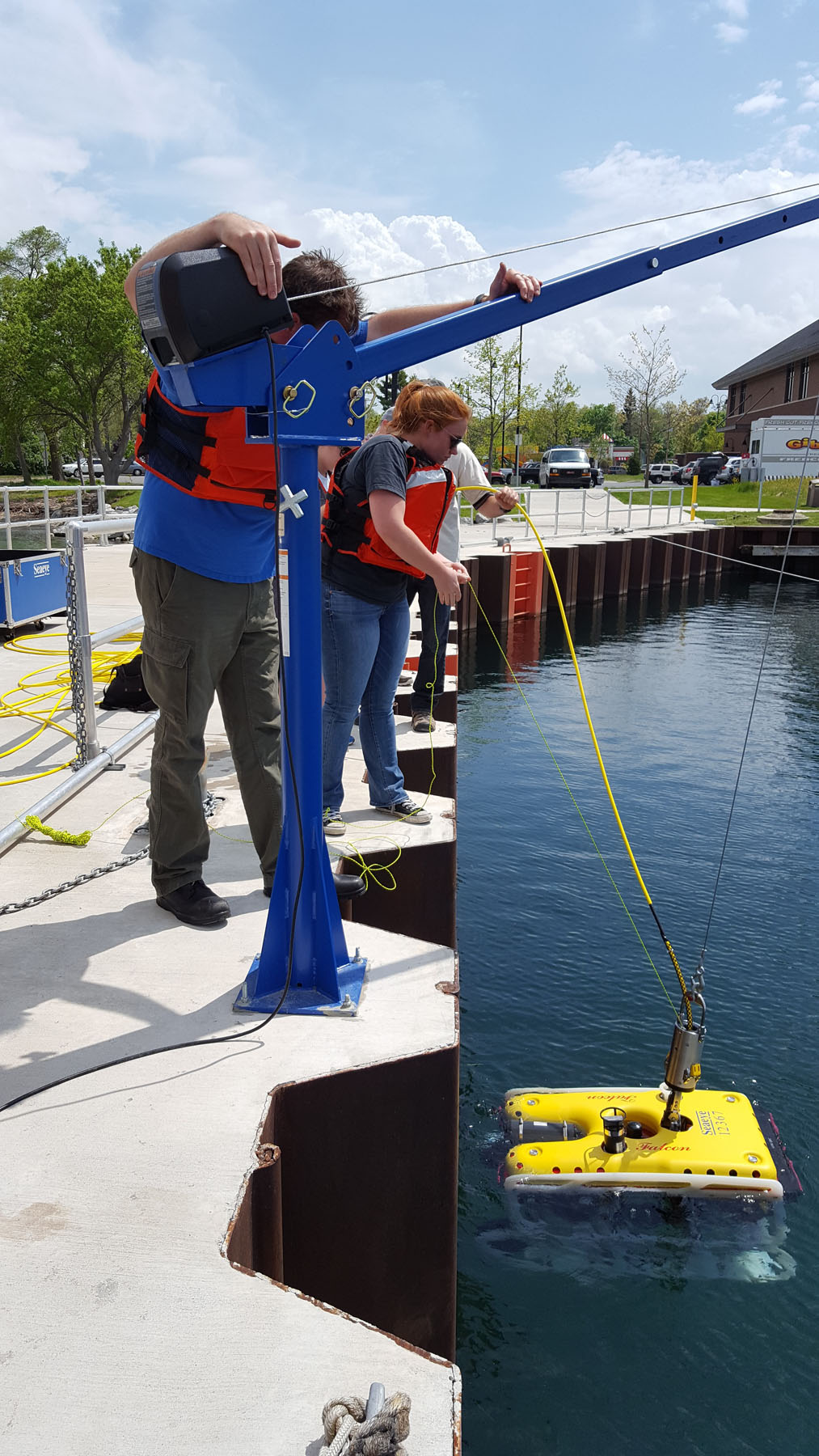
Both practical and operational management experience is offered by the course.
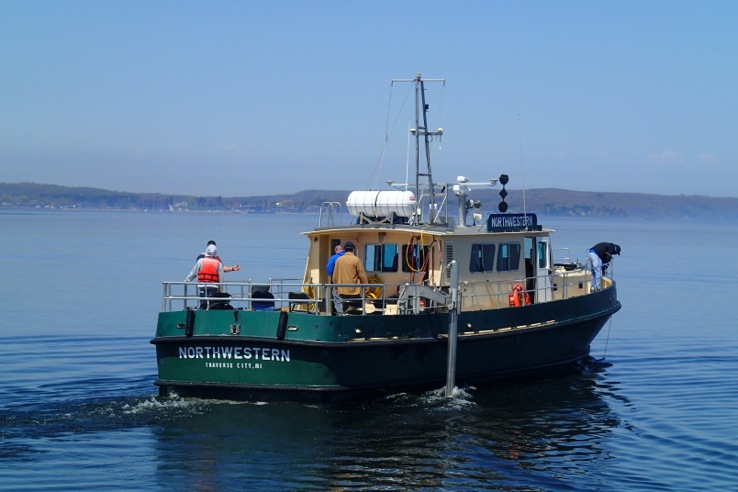
The College has two research vessels from which students can deploy the Falcon in support of their studies and research projects.
Hans VanSumeren chose the Falcon because, "It is highly reliable and never breaks down," and says the Falcon is, "the most widely used ROV in the industry and therefore the one students are most likely to come across in their working life."
The Bachelor of Science in Maritime Technology at Northwestern Michigan College provides an interdisciplinary education in targeted areas of marine technology. The curriculum is a blend of several technical competencies common to the marine industry.
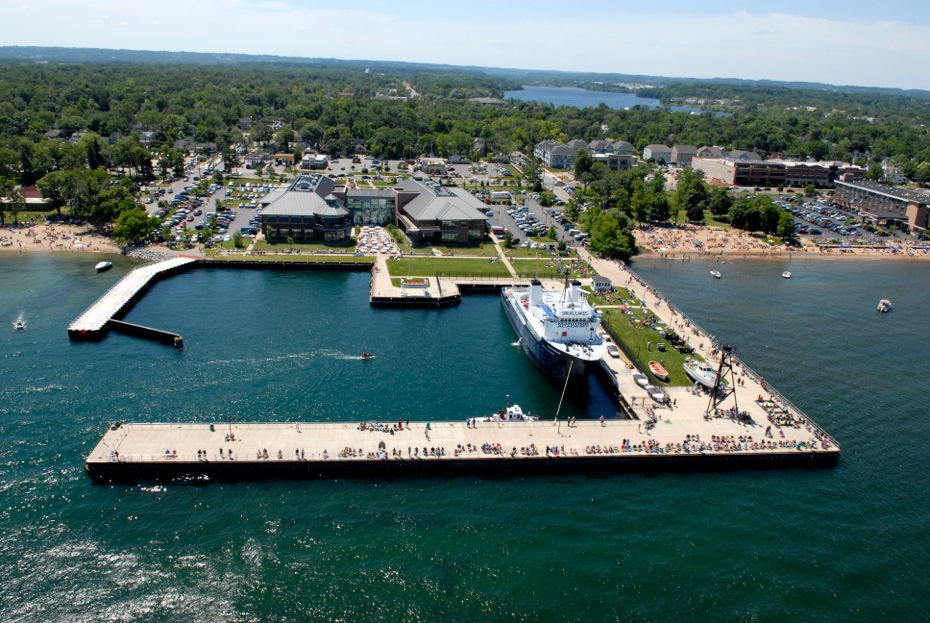
Northwestern Michigan College has it own large docking facility – which can be used for dockside launching of the Falcon.